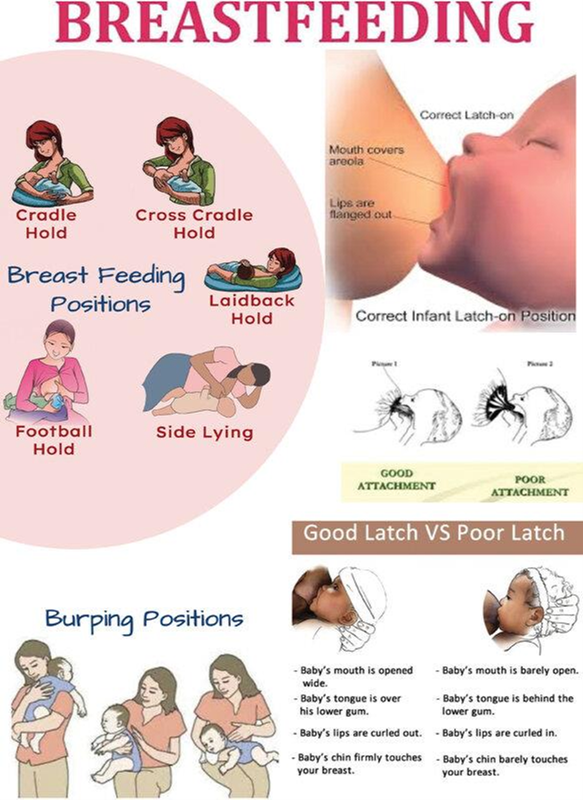A nurse is assisting with planning an in-service for staff members about active shooter protocols.
Which of the following information should the nurse recommend?
Turn cellular phones to silent mode.
Move wounded clients to a safe area before finding shelter.
Attempt to bargain with the shooter.
Wave hands to attract the attention of law enforcement.
The Correct Answer is A
Explanation
A. Turn cellular phones to silent mode
Staff members should be advised to silence their cellular phones during an active shooter situation. This helps maintain silence and prevents the ringing or vibrating of phones from potentially revealing the location of individuals hiding or seeking shelter.
Move wounded clients to a safe area before finding shelter in (option B) is not correct. In the event of an active shooter situation. The safety of both staff members and clients is paramount. If it can be done quickly and without putting oneself or others at significant risk, moving wounded clients to a safe area before finding shelter may be advisable. However, the primary focus should be on finding shelter and protecting oneself from harm.
Attempt to bargain with the shooter in (option C) is not correct. Engaging in negotiations or attempting to reason with an active shooter can be extremely dangerous and may escalate the situation. Staff members should be instructed to prioritize their own safety and follow established active shooter protocols, which often involve evacuating, hiding, or acting to incapacitate or disable the shooter as a last resort.
Wave hands to attract the attention of law enforcement in (option D) is not correct. Waving hands or making sudden movements that may be misconstrued as threatening can potentially result in harm or confusion when law enforcement or security personnel are responding to an active shooter situation. It is important to follow their instructions calmly and clearly, keeping hands visible and following their guidance to ensure everyone's safety.
In summary, the nurse should recommend turning cellular phones to silent mode, moving wounded clients to a safe area if possible, not attempting to bargain with the shooter, and avoiding actions that may be misinterpreted by law enforcement. These recommendations are aimed at prioritizing personal safety and following established protocols to minimize risks during an active shooter situation.
Nursing Test Bank
Naxlex Comprehensive Predictor Exams
Related Questions
Correct Answer is D
Explanation
Having the baby latch on to both the nipple and areola during breastfeeding is essential for effective milk transfer and optimal breastfeeding. The baby should take in a good portion of the areola along with the nipple to ensure a proper latch and a comfortable feeding experience for both the mother and the baby. This allows the baby to obtain enough milk and stimulates milk production in the mother.
Let's briefly discuss the other statements:
A- "My baby should breastfeed 5 to 10 minutes on each breast": The duration of breastfeeding can vary from baby to baby, but it is generally recommended to allow the baby to breastfeed until they are satisfied and have emptied one breast before switching to the other breast. This ensures that the baby receives both the foremilk and the hindmilk, which are important for adequate nutrition.
B- "I should not wake my baby during the night to breastfeed": In the early days after birth, it is important to establish frequent and regular breastfeeding to support milk production and ensure the baby receives enough nourishment. Newborns typically need to breastfeed at least 8 to 12 times in 24 hours, including during the night. If the baby is sleeping for a long period, it may be necessary to wake them for feeding to ensure proper nutrition and hydration.
C- "I should keep my baby on a strict feeding schedule": Breastfeeding should be based on the baby's cues and demand rather than a strict schedule. Newborns should be breastfed whenever they show hunger signs, such as rooting, sucking motions, or increased alertness. This helps establish a good milk supply and allows the baby to feed according to their individual needs.

Correct Answer is D
Explanation
Montelukast is a medication commonly used for the maintenance treatment of asthma. It is not used for immediate relief of wheezing or acute symptoms. Instead, it is taken on a scheduled basis to help control and prevent asthma symptoms over time. The recommended dosing regimen for montelukast in children is once daily in the evening.
The statement about giving the medication every 2 hours if the child is wheezing is incorrect, as this medication is not meant to be used for immediate relief of symptoms. It is a preventive medication.
The statement about it taking 2 months of scheduled use before the medication is effective is incorrect. While it may take some time for the medication to reach its full effect, improvement in symptoms can often be seen within a few days to weeks of starting treatment.
The statement about stopping the medication if the child is taking a steroid is incorrect. Montelukast can be used in conjunction with other asthma medications, including steroids, as prescribed by the healthcare provider. It is important to follow the prescribed treatment plan and not discontinue any medication without consulting the healthcare provider.
Whether you are a student looking to ace your exams or a practicing nurse seeking to enhance your expertise , our nursing education contents will empower you with the confidence and competence to make a difference in the lives of patients and become a respected leader in the healthcare field.
Visit Naxlex, invest in your future and unlock endless possibilities with our unparalleled nursing education contents today
Report Wrong Answer on the Current Question
Do you disagree with the answer? If yes, what is your expected answer? Explain.
Kindly be descriptive with the issue you are facing.
